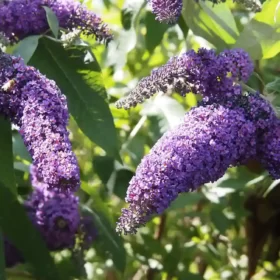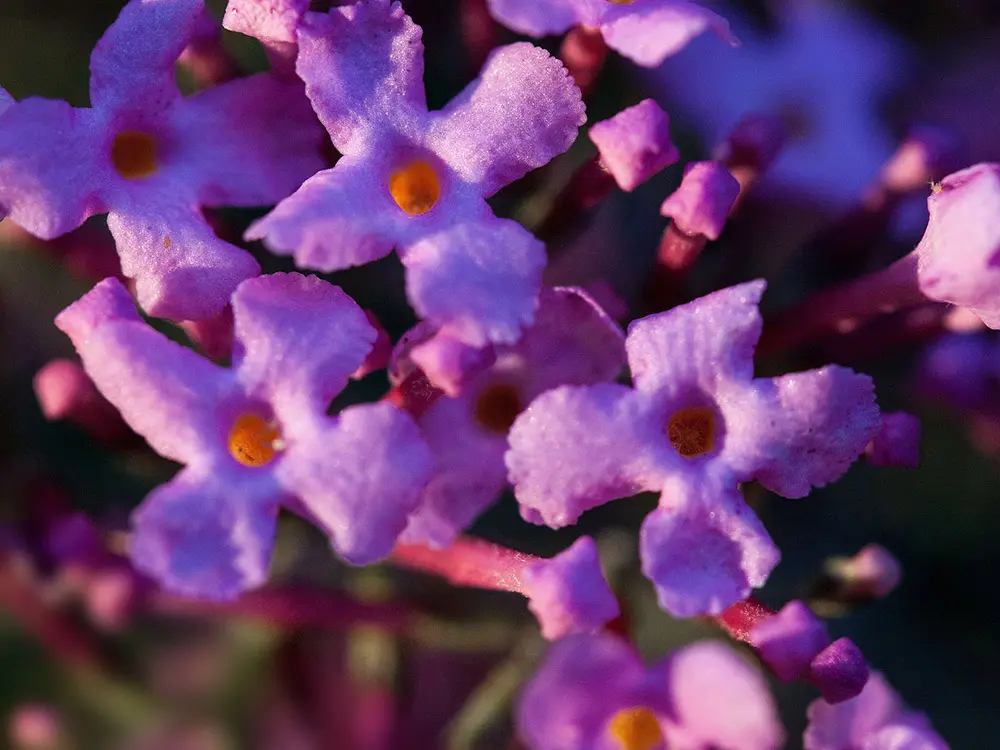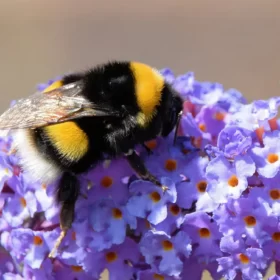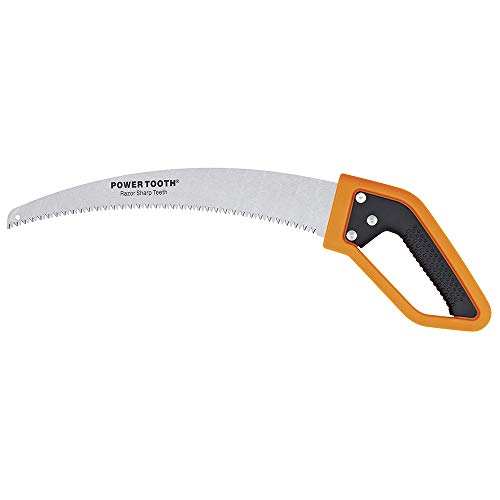Today, we’re going to talk about an important subject: pruning butterfly bushes. You’ve probably seen this plant in your neighborhood or perhaps in your own garden. It’s popular, beautiful, and incredibly attractive to pollinators. But do you know how to take care of it properly? Let’s dig in and demystify the process of how to prune a butterfly bush.
What is a Butterfly Bush?
A butterfly bush, scientifically known as Buddleia, is a flowering plant that comes in various colors. It’s a favorite amongst gardeners, not just for its spectacular blooms, but because it’s a butterfly magnet!
| Common Name | Butterfly Bush |
| Scientific Name | Buddleia Davidii |
| Days to Maturity | 2-3 years for full maturity |
| Light | Full Sun |
| Soil | Well-drained |
| Water | Moderate; drought-tolerant once established |
| Flowers | Purple, pink, white; summer to fall |
| Fertilizer | Slow-release in spring |
Importance of Pruning Butterfly Bushes

I can’t stress enough the importance of pruning butterfly bushes. Trust me, once you grasp the “why,” the “how” will come a lot easier. So, let’s delve into why it’s crucial to maintain a pruning routine for your butterfly bush.
Encouraging Vigorous Growth
One of the primary reasons to prune butterfly bushes is to encourage new growth. By cutting back old, spent branches, you’re essentially giving your plant a new lease on life.
The energy that the plant would have spent maintaining old branches is redirected into producing new, vibrant growth.
Enhancing Blooming and Attracting Butterflies
Butterfly bushes, as the name implies, are fantastic for attracting butterflies. But did you know pruning can enhance this effect? By promoting new growth, pruning also encourages more blooming, which in turn attracts more butterflies. It’s a win-win situation!
Maintaining Plant Health
Pruning is an essential part of plant health management. It allows you to remove any dead, damaged, or diseased wood, preventing it from spreading to the rest of the plant.
By doing so, you’re protecting your butterfly bush from potential health issues and ensuring it has a long, healthy life.
Shaping Your Butterfly Bush for Aesthetics
Beyond the health benefits, pruning butterfly bush allows you to shape your plant. Want a bush that’s round and compact? Or maybe one that’s tall and columnar?
With strategic pruning, you can guide your butterfly bush to grow in the shape that suits your garden aesthetic best.
Controlling the Size and Preventing Overgrowth
Butterfly bushes are known for their vigorous growth, which is great until they start taking over your garden. Proper pruning is also critical if you grow butterfly bush in a container.
Regular pruning helps keep your butterfly bush in check, ensuring it doesn’t outgrow its allotted space and start encroaching on other plants.
As you can see, pruning butterfly bushes is a crucial task for any gardener. Not only does it keep your plant healthy, but it also enhances blooming, attracts more butterflies, and ensures your garden remains beautiful and well-manicured.
Best Selling Pruning Shears
When to Prune Butterfly Bushes

Knowing when to prune your butterfly bush is just as vital as knowing how to do it. Different seasons require different approaches to pruning, and understanding these nuances can ensure your butterfly bush thrives. Let’s dissect this pruning puzzle, season by season.
Pruning in Different Seasons
The seasonality of pruning butterfly bushes is significant, mainly because the plant’s blooming and growing habits vary according to the time of the year.
| Spring | Hard prune | Stimulates vigorous growth for the coming season |
| Summer | Light maintenance pruning | Removes spent blooms to encourage further flowering |
| Fall | Light prune | Prepares the bush for winter, protects against harsh weather |
Pruning in Spring
When spring arrives, it’s time for some serious pruning action. This is when you perform what’s called ‘hard pruning’. Your butterfly bush is about to embark on a period of vigorous growth, and a good, hard prune helps stimulate that.
Cut back all the branches to about a foot from the ground. Don’t worry, it might look drastic, but butterfly bushes are robust and respond well to this treatment. Plus, this will result in a bush that’s more compact but loaded with flowers.
Pruning in Summer
As summer sets in, your butterfly bush is in full bloom. Pruning in summer is primarily about maintenance. Deadheading, or removing spent blooms, should be your main focus.
This encourages the plant to produce more blooms for a longer period, keeping your garden vibrant and beautiful all summer long.
Pruning in Fall
Fall pruning often stirs up debate. Some say, “Can I prune butterfly bushes in the fall?” and the answer is yes, you can, but with some caution.
Light pruning in fall can help prepare the bush for the coming winter, making it less susceptible to damage from harsh weather.
However, avoid hard pruning in fall as new growth spurred by the pruning could be damaged by winter frosts. Remember, butterfly bush is a perennial and will return in the spring.
Pruning in Different Climates
The climate in which your butterfly bush is growing can also influence when and how you prune.
Pruning in Warm Climates
In warm climates, where frost isn’t an issue, butterfly bushes can grow and bloom almost year-round. These conditions can lead to rapid growth, so regular pruning is essential to keep these vigorous growers under control.
Pruning in Cold Climates
In cold climates, butterfly bushes behave more like perennials. They might die back to the ground in winter, but they’ll bounce back in spring.
Here, a hard prune in early spring is beneficial as it encourages strong, fresh growth once temperatures start to rise.
Knowing when to prune your butterfly bush can significantly influence its health, growth, and blooming capacity. So, remember the rules of the seasons, adjust according to your climate, and you’ll have a spectacular butterfly bush to be proud of!
Step-by-Step Guide to Pruning Butterfly Bushes

Now that we understand the importance and the perfect timing for pruning, let’s dive into a practical step-by-step guide to prune your butterfly bush effectively.
Tools Needed for Pruning
To get started with pruning butterfly bushes, you need to have the right tools at your disposal. Here’s what you’ll need:
Pruning shears: These are perfect for small branches. Choose a sharp, clean pair to ensure clean cuts.
Loppers: When you encounter branches too thick for your pruning shears, loppers come to the rescue. They have long handles that provide the extra leverage needed to cut through thicker branches.
Pruning saw: For the thickest branches, a pruning saw is required. They come in different sizes and styles, choose one that you feel comfortable using.
Safety Measures While Pruning
Pruning is fun, but safety should always be paramount. Here are a few safety measures to keep in mind:
- Wear gloves: Pruning can sometimes lead to scrapes and scratches. Protect your hands with a good pair of gardening gloves.
- Safety glasses: These protect your eyes from any loose debris or branches that could cause harm.
- Wear sturdy shoes: Don’t underestimate the importance of good footwear. Sturdy shoes can prevent slipping and protect your feet from falling branches.
Now that we’re all geared up, let’s get into the actual pruning process:
- Step 1: Choose the right time. As discussed earlier, early spring is the best time for hard pruning.
- Step 2: Start by removing any dead or damaged wood. Look for branches that are broken, diseased, or dead and cut them back to the base.
- Step 3: Carry out the hard prune. Cut back all of the remaining branches to about 12 inches from the ground. It might seem drastic, but remember, butterfly bushes are hardy plants that respond well to this treatment.
- Step 4: Keep an eye on your bush as it starts to grow back. Perform light maintenance pruning through summer, which involves removing spent blooms to encourage more flowering.
- Step 5: Prepare your bush for winter. A light prune in the fall, removing any straggly or excessively long branches, will help protect it during the colder months.
By following these steps, you can ensure that your butterfly bush is pruned correctly and set up for success in the growing season. Remember, every plant is unique, so keep an eye on your bush’s growth habits and adjust your pruning approach as needed.
Dealing with Common Pruning Issues

Like all gardening tasks, pruning butterfly bushes can sometimes present a few challenges. Let’s delve into some common issues and how to handle them.
Understanding Dieback and Its Causes
Dieback is a term you might come across in your pruning adventures. It refers to a condition where a plant begins to die from the tip of its branches backward. In butterfly bushes, dieback can be caused by a number of factors.
Harsh winter weather is a common culprit. If the plant isn’t adequately prepared for the cold season, the exposed and weaker parts of the plant might suffer. In such cases, it’s essential to prune out these dead sections in early spring to promote healthy new growth.
Diseases can also cause dieback. Fungal and bacterial infections can lead to the decline of branches, starting from the tips. It’s essential to prune out any diseased wood as soon as you notice it, to prevent the infection from spreading to the rest of the plant.
Did you know that it’s super easy to grow butterfly bush from seed?!
Insect infestations are another common cause of dieback. Insects can weaken the plant and make it more susceptible to diseases. Regular inspection of your butterfly bush can help spot any early signs of infestations, allowing you to take quick action.
How to Handle Overgrown Butterfly Bushes
Overgrown butterfly bushes can be quite a challenge, and you might be tempted to reach for the chainsaw. But before you do, take a breath. Overgrown bushes might seem unruly, but they can be tamed.
First, remember that butterfly bushes are incredibly resilient. They can take a good prune and bounce back with vigor.
Start by removing any dead or diseased wood. Then, gradually cut back the remaining branches over several weeks or even months. This phased approach reduces the shock to the plant and allows it to recover gradually.
You can also opt for a hard prune in early spring. This involves cutting back the entire bush to about 12 inches from the ground. While it might seem drastic, butterfly bushes typically respond well to this kind of treatment and grow back more compact and with plenty of blooms.
Remember, patience is key. Dealing with an overgrown butterfly bush won’t happen overnight, but with time and consistent care, you can transform your overgrown bush into a stunning focal point in your garden.
As with all things gardening, expect a bit of trial and error as you go along. Pruning is as much an art as it is a science. Over time, you’ll get to know your plant’s individual needs and quirks, making it easier to keep it healthy and beautiful.
Post-Pruning Care for Butterfly Bushes

Pruning is only part of the process. Once you’ve finished your pruning session, there’s still some work to do to ensure your butterfly bush continues to thrive. Let’s talk about post-pruning care.
Encouraging Fuller and Denser Growth
After pruning butterfly bush, you want to see it bounce back with lush, full, and dense growth. So, how do you ensure that happens?
One of the best ways is by applying a slow-release fertilizer in the spring after pruning. This provides a steady supply of nutrients to the plant as it starts its new growth phase.
When applying fertilizer, follow the package instructions to avoid over-fertilization, which can do more harm than good. Make sure to water your bush adequately after applying the fertilizer to help it get absorbed into the soil.
Another way to encourage fuller growth is by maintaining consistent watering practices, especially in the weeks following pruning. Butterfly bushes like moist but well-drained soil. So, make sure your bush is getting enough water but avoid waterlogging the soil, which can lead to root problems.
Monitoring New Growth
In the weeks following pruning, keep a close eye on your butterfly bush. You’re looking for signs of new growth, which are a positive indication that your bush is recovering well from the prune. New shoots will typically start appearing from the points where you made your cuts.
During this period, also look out for any signs of pest infestations or disease. Pruning can sometimes make plants more vulnerable to such issues, so early detection and action are vital.
Post-pruning care is like the after-care of a medical procedure. It’s a crucial period that determines how well your butterfly bush recovers from the prune and how successful the upcoming growing season will be.
With attentive care, your pruned butterfly bush will reward you with a stunning display of blooms and a flurry of butterflies in your garden.
So, next time you’re pruning, remember, the job isn’t quite done when the last branch falls. A bit of post-pruning TLC can go a long way in ensuring your butterfly bush is the star of your garden.
Conclusion
And there you have it! Pruning butterfly bushes isn’t as intimidating as it might seem at first. Just like every other aspect of gardening, it’s a learning experience, filled with trial and error.
With time and patience, you’ll be a pro in no time, and your butterfly bushes will be the talk of the town!
How to Prune a Butterfly Bush – FAQ
What happens if you don’t cut back a butterfly bush?
If you don’t cut back a butterfly bush, it can become overgrown and unruly. Its health may suffer as dead and diseased branches aren’t removed, potentially decreasing blooming.
How do I keep my butterfly bush blooming all summer?
To keep your butterfly bush blooming all summer, regularly deadhead spent blooms. This encourages the plant to produce new flowers. Also, ensure consistent watering and adequate sunlight.
Do hummingbirds like butterfly bushes?
Yes, hummingbirds are attracted to butterfly bushes. The vibrant, nectar-rich flowers provide a great food source for these delightful creatures.
How long do butterfly bushes live?
With proper care, butterfly bushes can live up to 10-20 years. Factors like climate, soil condition, and overall care impact their lifespan.
Are butterfly bushes banned in some states?
Yes, in some states butterfly bushes are banned because they’re considered invasive. They can spread rapidly and displace native plants. Always check local regulations before planting.












